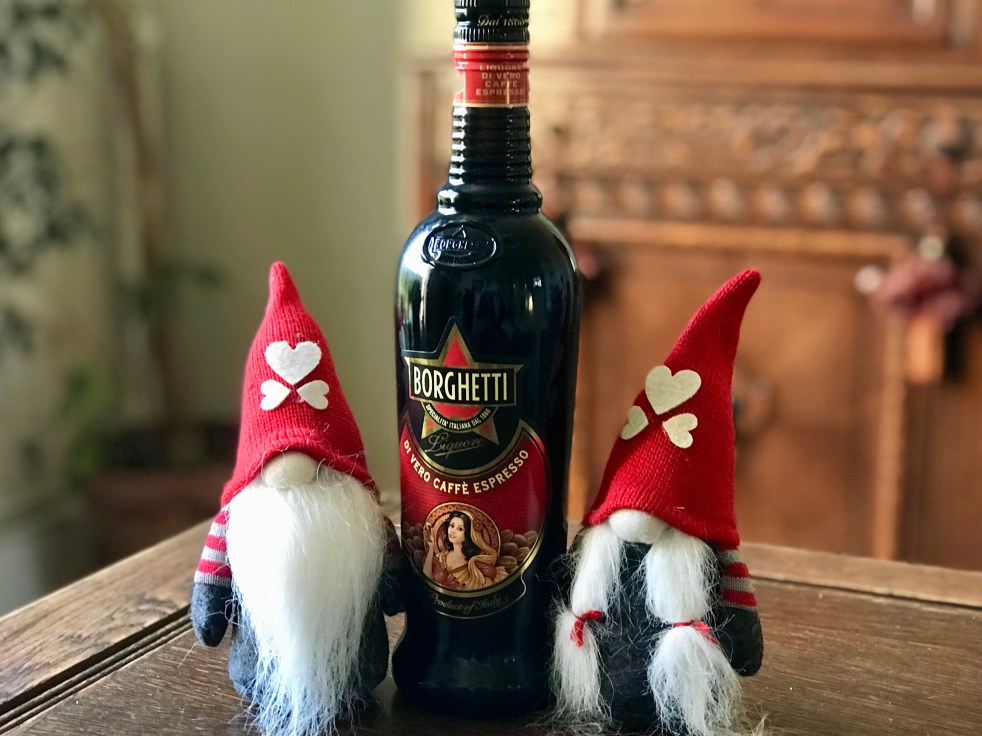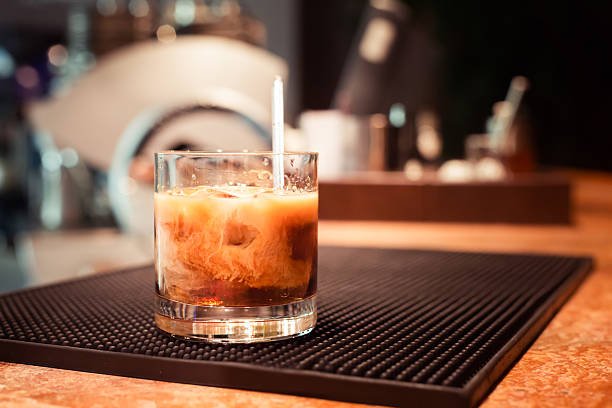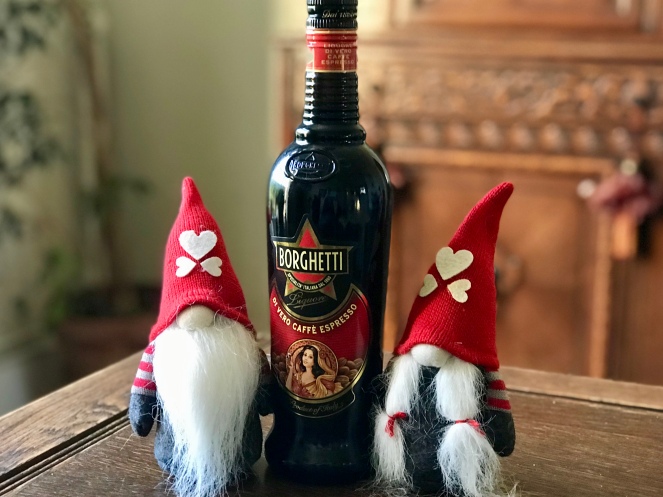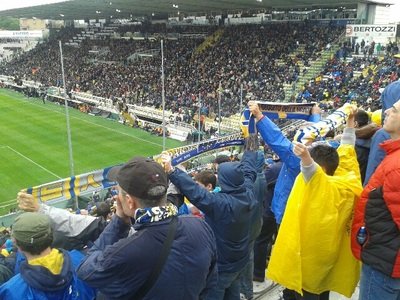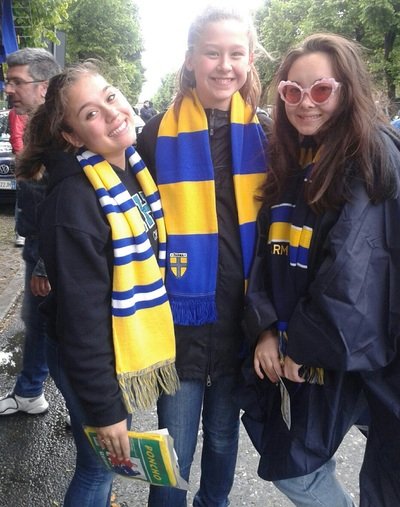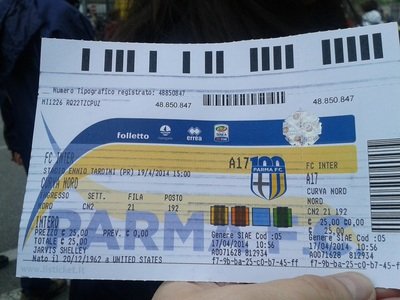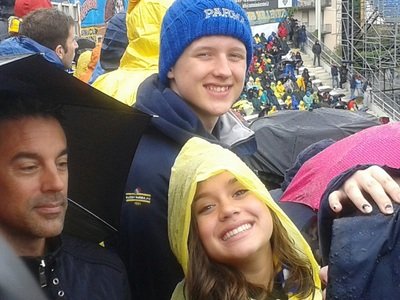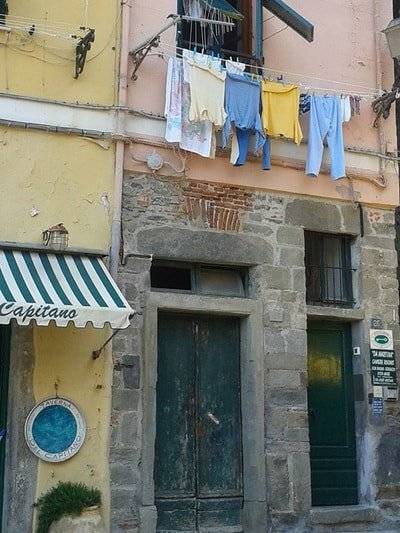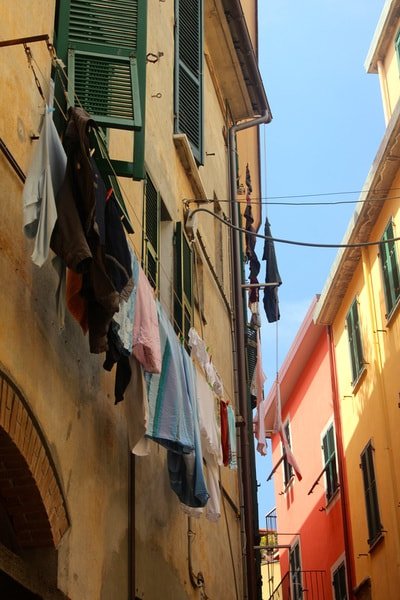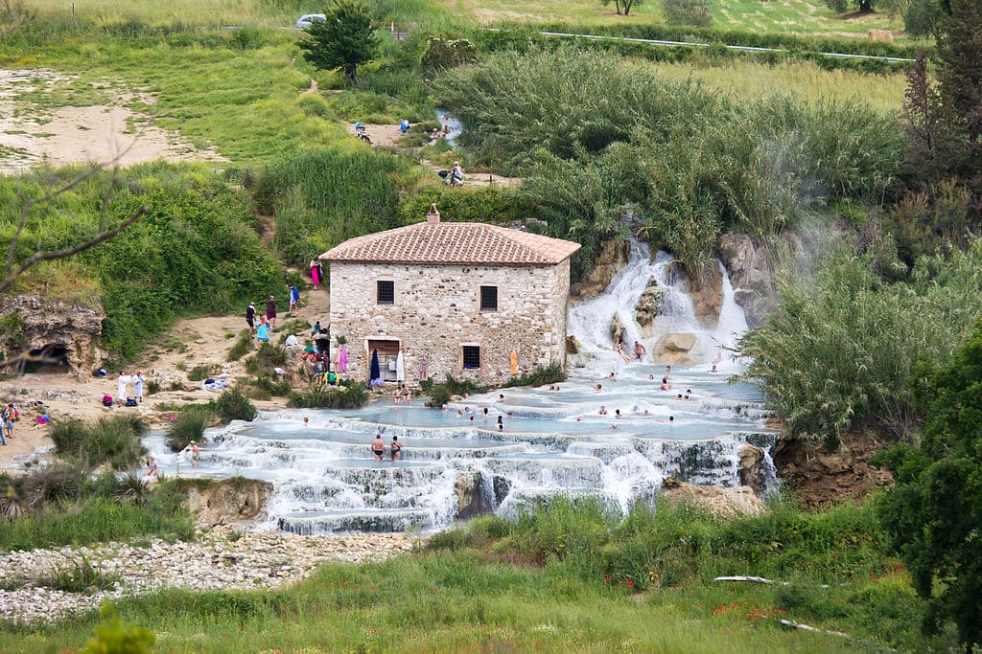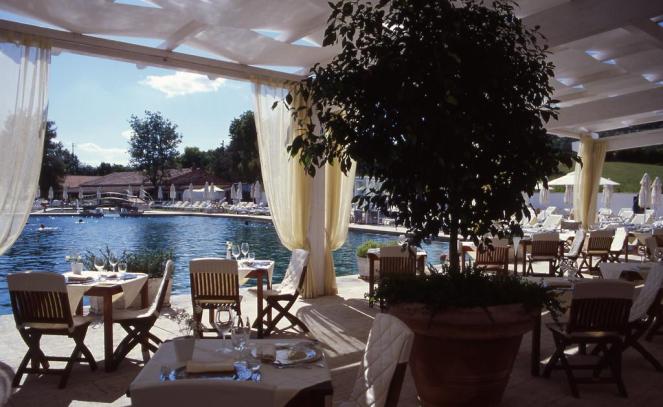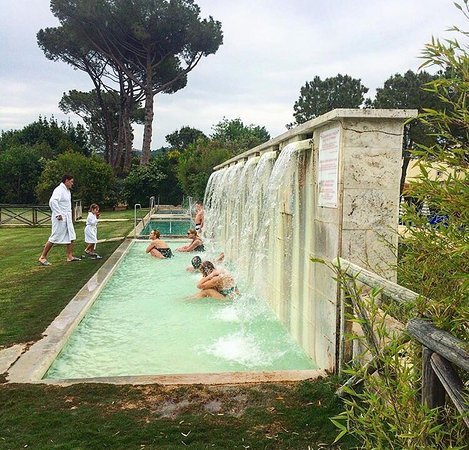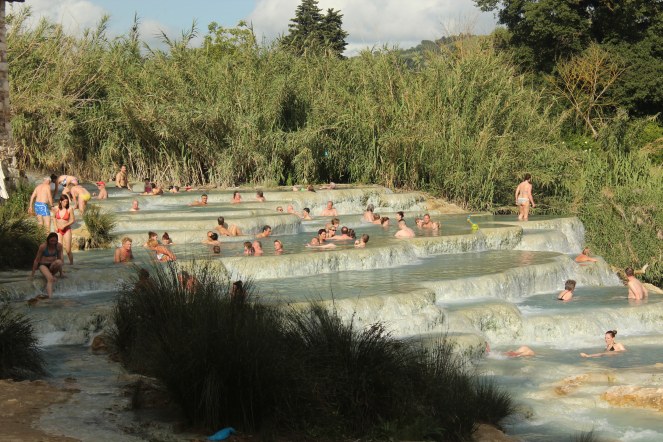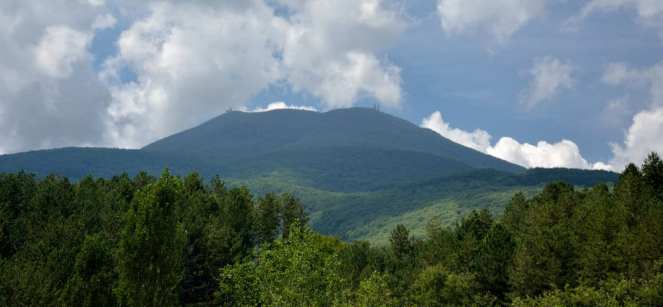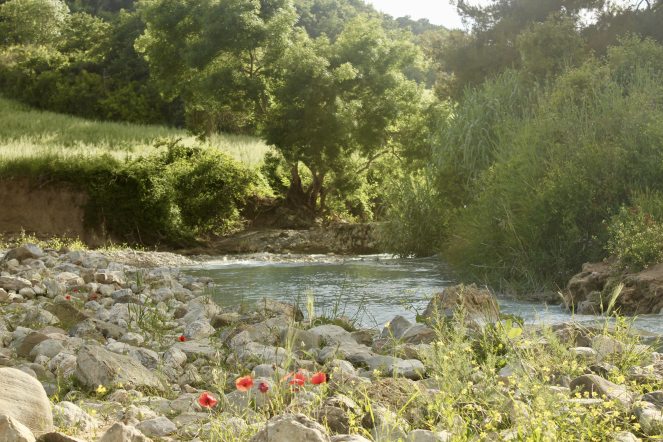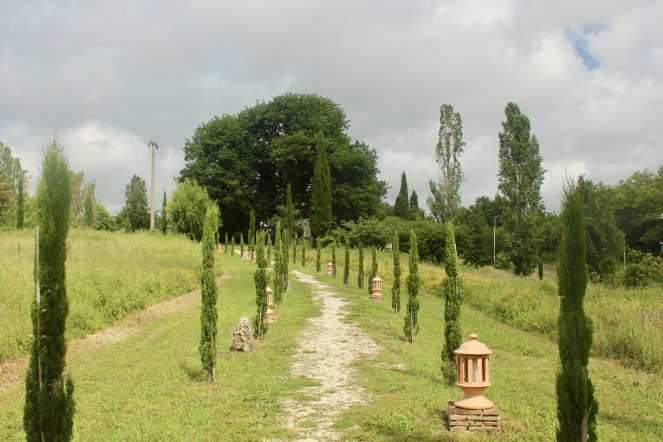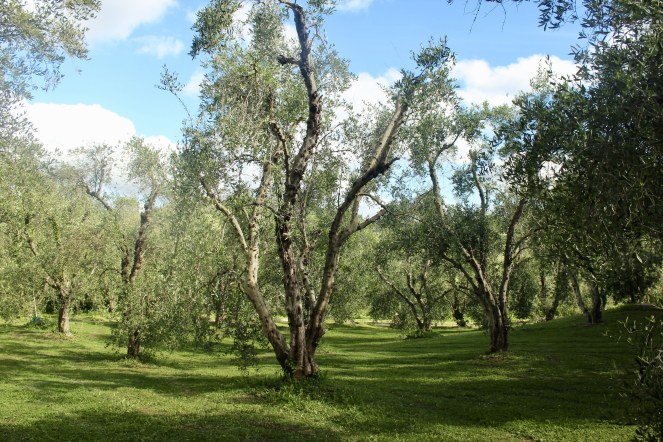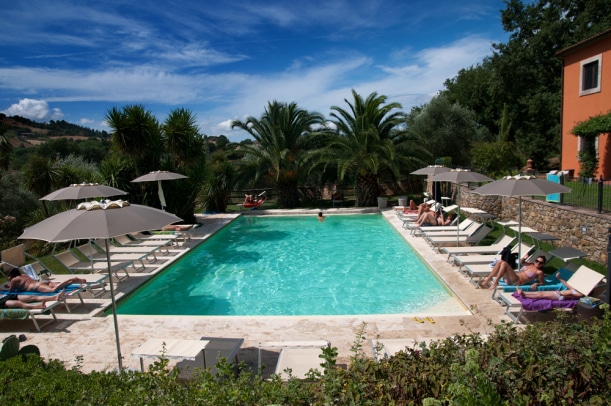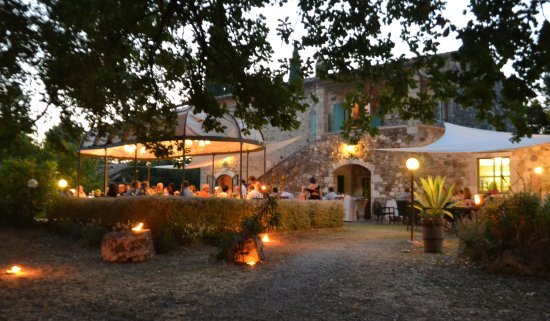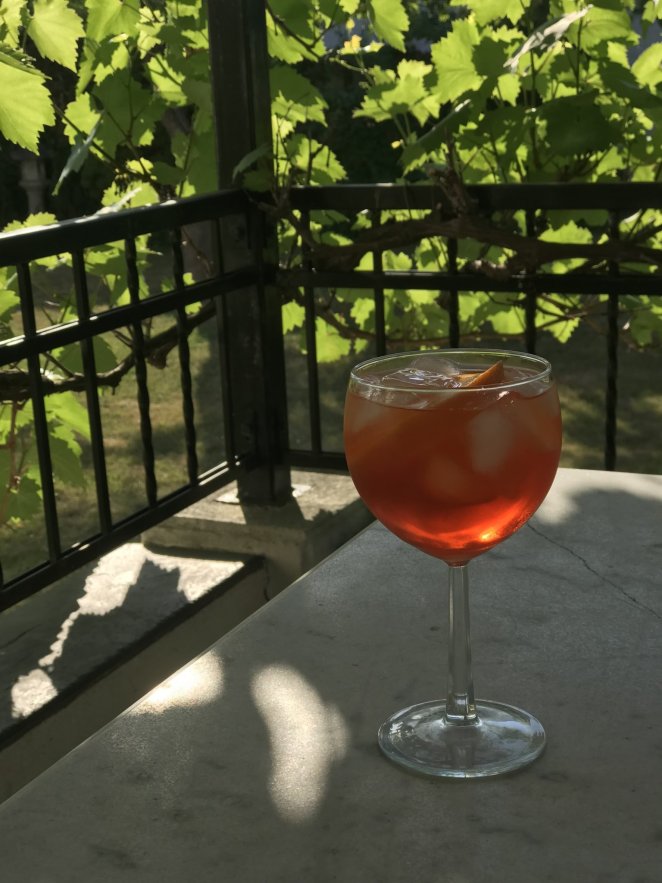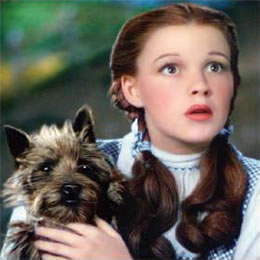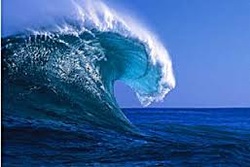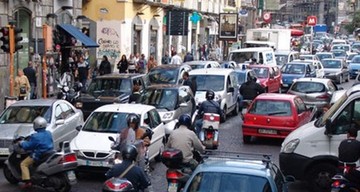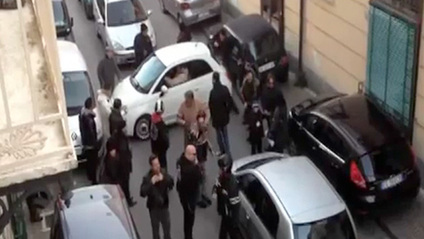“The Creator made Italy from designs by Michelangelo.”
Mark Twain
Have you ever wondered what is the secret to Italian style? How Italians manage stilettos on cobblestones or how they look chic and elegant at all times? After moving to Italy I discovered the secret to Italian style. The secret to Italian style is more than just dressing well. Looking good is a cultural norm learned from birth. In Italy, one learns from an early age the importance of fare la bella figura.

FARE LE BELLA FIGURA | A GOOD FIRST IMPRESSION
After moving to Italy, I was jet lagged and coming down off of an emotional roller coaster of a year. I was unaccustomed to humidity and was sopping wet every time I stepped outside.
There I was the first day of school in Italy, bedraggled, exhausted, and definitely not stylish. I hadn’t felt the need to dress up for the ten minute walk to school when I was just going home to unpack dirty, dusty boxes. I felt good about myself that I had managed to brush my hair, put on some makeup, and don my fancy Taryn Rose flip flops.
I arrived at my children’s school. I looked at all the Italian mothers and thought “uh oh.” Not only were they thin and physically beautiful, they were stylish in an understated elegant way. Northern Italian women don’t wear a lot of makeup. They don simple, high quality, finely tailored clothes. They wear dresses, skirts and lots and lots of stilettos. And boots – year round. And scarves – year round. I stood on the sidewalk, hair in a ponytail, wearing California athleisure wear and flip flops. Needless to say, I stood out like a sore thumb.


MUSINGS AND OBSERVATIONS | HOW DO THEY DO IT?
I pondered the secret to Italian style. Was the secret to Italian style simply having enough money to buy the best clothes? Was the secret to Italian style some special hair product that stopped your head from sweating all day long and looking like one just got out of the shower? I was determined to find out the secret to fare la bella figura.
I had a conversation with my English friend Diana about the Italian women’s seemingly effortless style. Diana noted that if you went to the supermarket in England dressed like an Italian woman does, everyone would think, “what is she trying to prove?” I thought about how people would react if you showed up at Safeway in stilettos, a dress, a scarf – Diana was right. Americans too would think you were putting on airs. The only reason you would wear high heels to the supermarket in America was if you were on your way to or from work or an event. In Italy, however, it a common occurrence.
I will admit, from my California perspective, it seems like a lot of work to get dressed up just to run to the supermarket, go to the gym, or walk the kids to school. But dress up Italians do. I was no longer in California and if I didn’t want to stand out I was going to have to make some changes. Wearing exercise clothes on the street is just not done in Italia, and flip flops (my shoe of choice in California) are reserved for the pool or the health club. If I continued my disregard for la bella figura, I may offend someone or at the very least confuse them. My American friend Sarah told me that once she went out in her “tuta” or her exercise suit with no makeup. She ran into her landlady who promptly contacted Sarah’s Italian in-laws to inquire if Sarah was feeling ill since she had been out of the house looking so casual. In Italy, being ill is the only excuse for failing fare la bella figura.

LESSON NUMBER ONE | KNOW THY SELF
The first week I sat back and observed. I saw one woman ride up to school on her bicycle in a tight pencil skirt, gorgeous blouse and stilettos. There was a light summer rain. She rode her bicycle while holding an umbrella, one child on the back of her bike and another in the front. She arrived, floated off of her bike, got the kids out of their seats, grabbed her Louis Vuitton bag and glided into school. Not a hair out of place. I watched – mouth agape. She couldn’t be a real mother of two small children. She looked like a super model. I looked around for a film crew. This had to be fake.
The one thing that stood out to me was her air of confidence. She was comfortable in her own skin.
So, first on the list toward achieving Italian style – feeling confident that you look good and not caring what others think. Now this seems to be incongruent with the concept of fare la bella figura, but it is not. Putting your best face forward means different things to different people. As long as you carry yourself with the confidence of an Italian woman in stilettos on a 1,000 year cobblestone street, all will be fine.
LESSON NUMBER TWO | KNOW THY PRODUCTS
I soon came to accept that not only are Italian women stylish, they don’t seem to be affected by weather. Italian women’s hair is never out of place. The weather wreaks havoc on my hair regularly. In the summer the humidity leaves my body and head wet and it renders my hair a wet, frizzy, wonky mess. In the spring, the pollen makes my eyes water and my nose run constantly leaving me looking like W.C. Fields. The wet winter rain and fog makes my eyes water resulting in black raccoon eyes from runny mascara. And again, my hair becomes a frizzy wonky mess. Why don’t Italian women suffer as I do? Is it genetics? How do they do it?
The second lesson on achieving Italian style, know your hair and powder your face. There are a number of hairstyles that one can wear to combat the weather and a number of hair products that can tame the wildest of manes. One thing that I noticed is that it is not uncommon for Italian women to don a scarf on their heads while they are traveling. Think Sofia Loren in a convertible on the Amalfi coast. A headscarf can be tied around your hair to protect it from the weather, and then upon arrival, it can be stylishly tied around your neck, shoulders or handbag.
Also, one Italiana informed me that one simply must invest in a high quality face powder to ensure that your makeup does not melt off. And carry face blotting towelettes.


LESSON NUMBER THREE | COMMIT
Fare la bella figura is not limited to young women either. I have seen many an older Italian woman doddering along, holding on to her companion for support in stilettos! Stilettos! They can barely walk anymore, but damn it if they aren’t going to look good. I will admit that I have yet to attain this level of fare la bella figura.
Lesson number three on achieving Italian style, you are never too old to care about how you look. The third secret to Italian style – commit to fare la bella figura for life.

The older women also love their hats, fur coats, scarves and handbags. I particularly like to watch the older ladies during the Christmas season as Italians dress up to do their Christmas shopping. At the beginning of December, the older Italian women put on their finest attire as they stroll around the main piazza and shopping streets showing off their coats, hats and handbags It is a far different atmosphere than the images you see of people clawing and fighting over items at WalMart. This is a slow, deliberate shopping experience. A chance to show off your best face.
Another difference between Italy and the USA, no one in Italy is afraid of PETA. Fur and leather abound, particularly among the older crowd. Fur hats, fur coats, fur trimmed scarves, fur lined leather gloves, fur lined leather boots, leather pants, and leather skirts are commonplace.


LESSON NUMBER FOUR | TEACH THY STUDENTS WELL
Lesson number four on achieving Italian style, teach the males in your life the importance of fare le bella figura as well. Italian women are not alone in pursuing la bella figura. Italian men spend an equal amount of time on their appearance. Italian men’s clothes are often tailored. It is unusual to see baggy clothes on men here. Italian men also wear sweaters quite a bit. Not just pullover sweaters, but cardigans. And they like to roll up the cuffs of their pants, jeans, shorts. Italian men wear scarves as often as women do and they pay a lot of attention to their shoes. They also carry bags made of beautiful leather – or what we would call a man purse, a ‘murse.’
Older men frequently wear suits, bow ties, fedoras, and a scarf. They dress this way all the time – just to go to the post office or the vegetable market. And where the Italian women tend to be understated, Italian men have a flair for bold style. They are not afraid to wear colors and patterns. Lord knows they love a brightly colored pant.






I have observed the Italians for over three years now. I will admit that while I have learned a thing or two, I am still amazed at how they pull off la bella figura every single day. They make being stylish and elegant look effortless and easy. I still cannot navigate cobblestones in stilettos and I still do not dress up to run to the supermarket across the street, but, I have improved. I no longer wear flip flops.
Fare la bella figura is part of the Italian culture. It is expected, and I have come to appreciate it. The attention to style makes one feel a bit better when you are out and about. And it makes for great people watching.
The Italian author Beppe Severgnini summed it up best. “Being Italian is a full-time job. We never forget who we are, and we have fun confusing anyone who is looking on.”
The photos of Italian style are not my own. I got these off of the internet because it is not good form to take photos of strangers, but I assure you that I have seen some version of each of these outfits on a regular basis.























